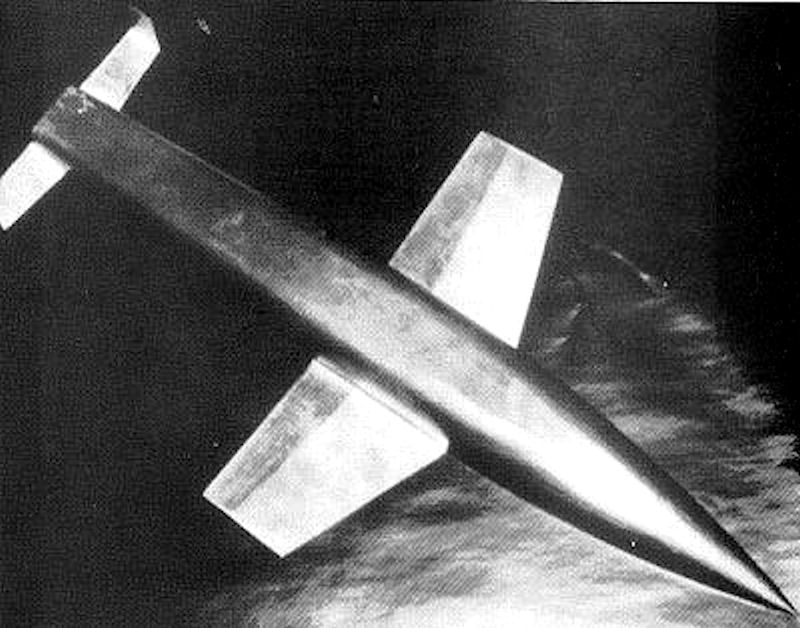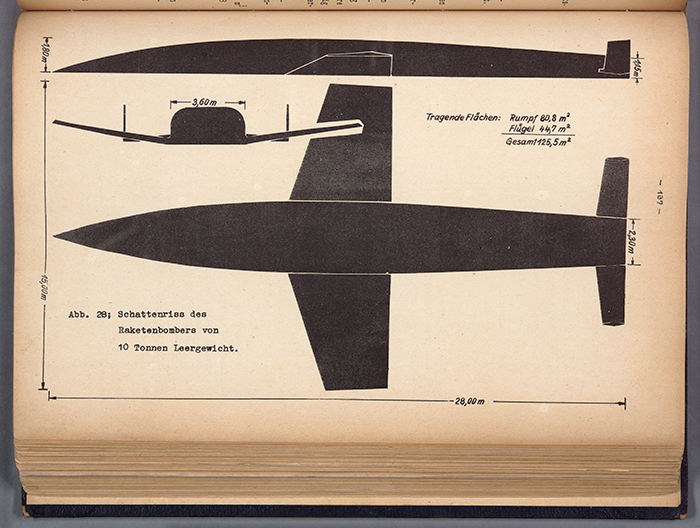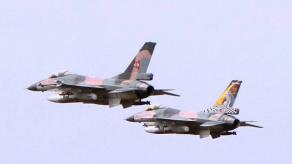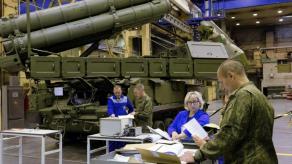Seeing how russia is constantly threatening Ukraine with hypersonic and air-launched ballistic missiles, it would be interesting to recall one historical episode. At the end of World War II, Nazi Germany worked on a project of a hypersonic "antipodal" bomber called Silbervogel, the complexity of which turned out to be too ambitious for the contemporary level of technology development, so this rocket plane was never implemented "in metal."
However, what's particularly notable in nowadays context is that the Silbervogel drawings fell into the hands of the USSR as a trophy, and the Soviets tried to copy and reproduce this project, although unsuccessfully, too.
Read more: How russian 3M22 Zircon Reached Hypersonic Yet Failed to Accomplish the Very Task it was Created For
In fact, the details of this project hint that the Silbervogel antipodal bomber can be called the conceptual predecessor of the modern-day russian hypersonic "wunderwaffe," such as Kh-47 Kinzhal or 3M22 Zircon.
Silbervogel was supposed to feature the following specifications: fuselage 28 meters long, wingspan 15 meters wide, empty weight 10 tons, maximum takeoff weight up to 100 tons of which 84 tons are reserved for rocket fuel. The payload (warhead) weight was up to 30 tons, it was intended to go down as the flight range increased. The takeoff would be facilitated by a launch catapult with stretching for a whole 3 kilometers.
Once in the air, the rocket plane was supposed to travel at speeds reaching up to 6,400 m/s (23,400 km/h or 14,300 mph), and a maximum flight altitude of 260 km. However, post-war calculations showed that such an aircraft would have collapsed mid-flight.

The concept of the possible combat use of the Silbervogel hypersonic antipodal bomber looked particularly peculiar. It was assumed that such rocket planes would approach at high speed and altitude, and attack the important centers of the Allies, such as London or New York, or remote areas of the USSR, invulnerable to the air defense systems available at the time. Basically, it was supposed to be a terrorist weapon for indiscriminate strikes on the civilian population in large cities because, considering the technology of WW2 era, the same Germans considered their V-1 proto-cruise missile strike was accurate and successful if it simply hit "somewhere in London."
To put it simply, the potential flight scenarios for the Silbervogel looked like this: 1) an arc flight, in which case the rocket plane would fly from Germany to strike New York, with subsequent landing somewhere near Australia; 2) a combination of different trajectories and speed modes to ensure the return of the rocket plane to Germany; 3) flight in a "wave-like gliding" mode after rapid acceleration up to 7,000 meters per second.

However desperate the German military command was in 1944–1945, they still realized that Silbervogel was impossible to bring to reality, therefore the project did not advance beyond the stage of layout development and sketch drawings.
But Stalin's USSR ignored this nuance. That's why there is a mention in multiple sources about a Soviet attempt to reproduce Silbervogel in the second half of the 1940s. Under the roof of NII-1 research institute, led by academician Mstislav Keldysh, the project was called NII-1 MAP but essentially ended in nothing, once again because there was no technological basis for its implementation in a working device.
All that said, why do we say that the Nazi Silbervogel aircraft is a "predecessor" of russian modern hypersonic weapons? In both Nazi Germany and russia, the hypersonic aerial vehicles are monstrously large in terms of dimensions and weight, and both have accuracy and principle of application suitable only for indiscriminate attacks on civilian infrastructure.

Read more: About russia's Efforts and Prospects of Reviving the Kh-90 Hypersonic Missile with a 3,000 km Range














